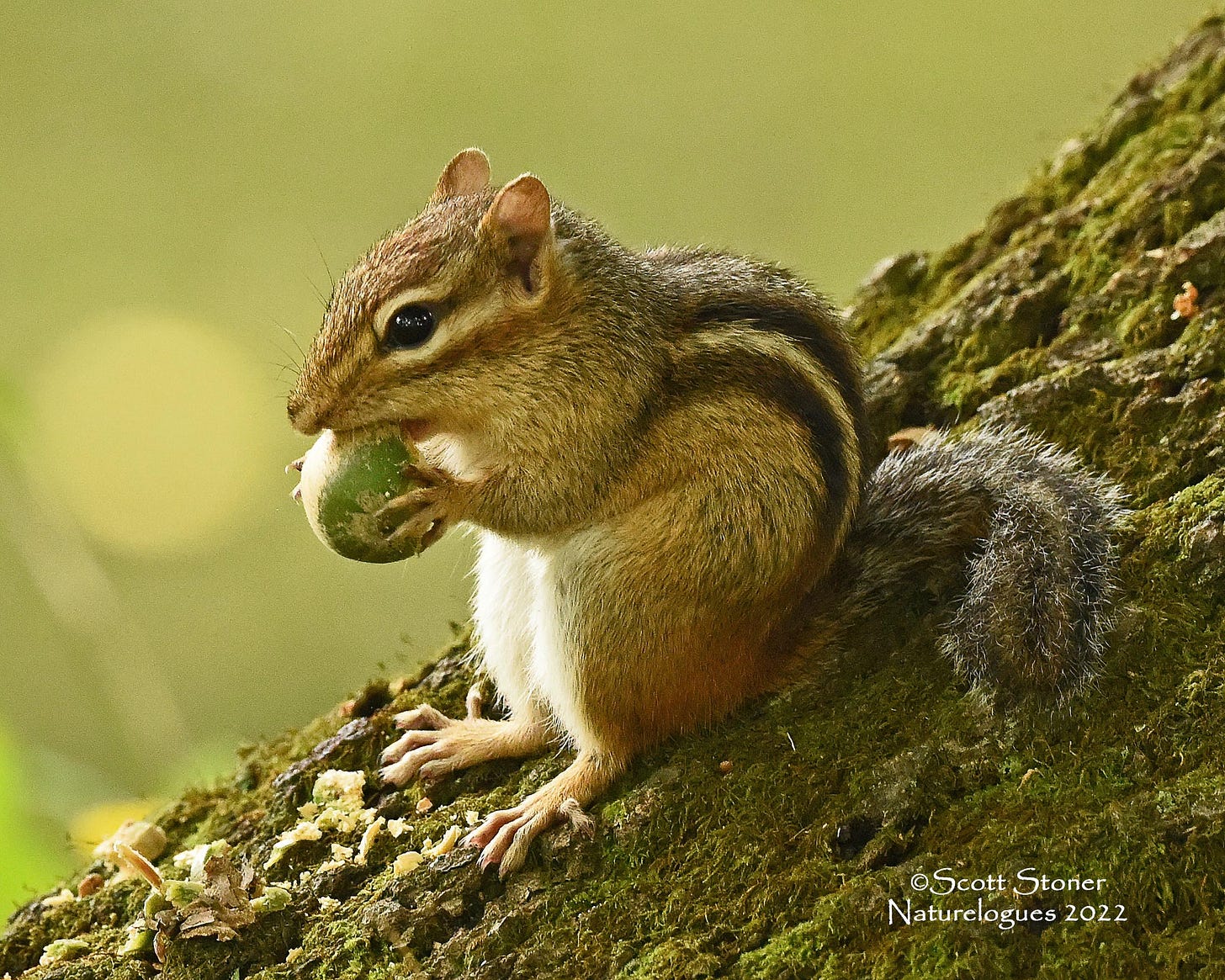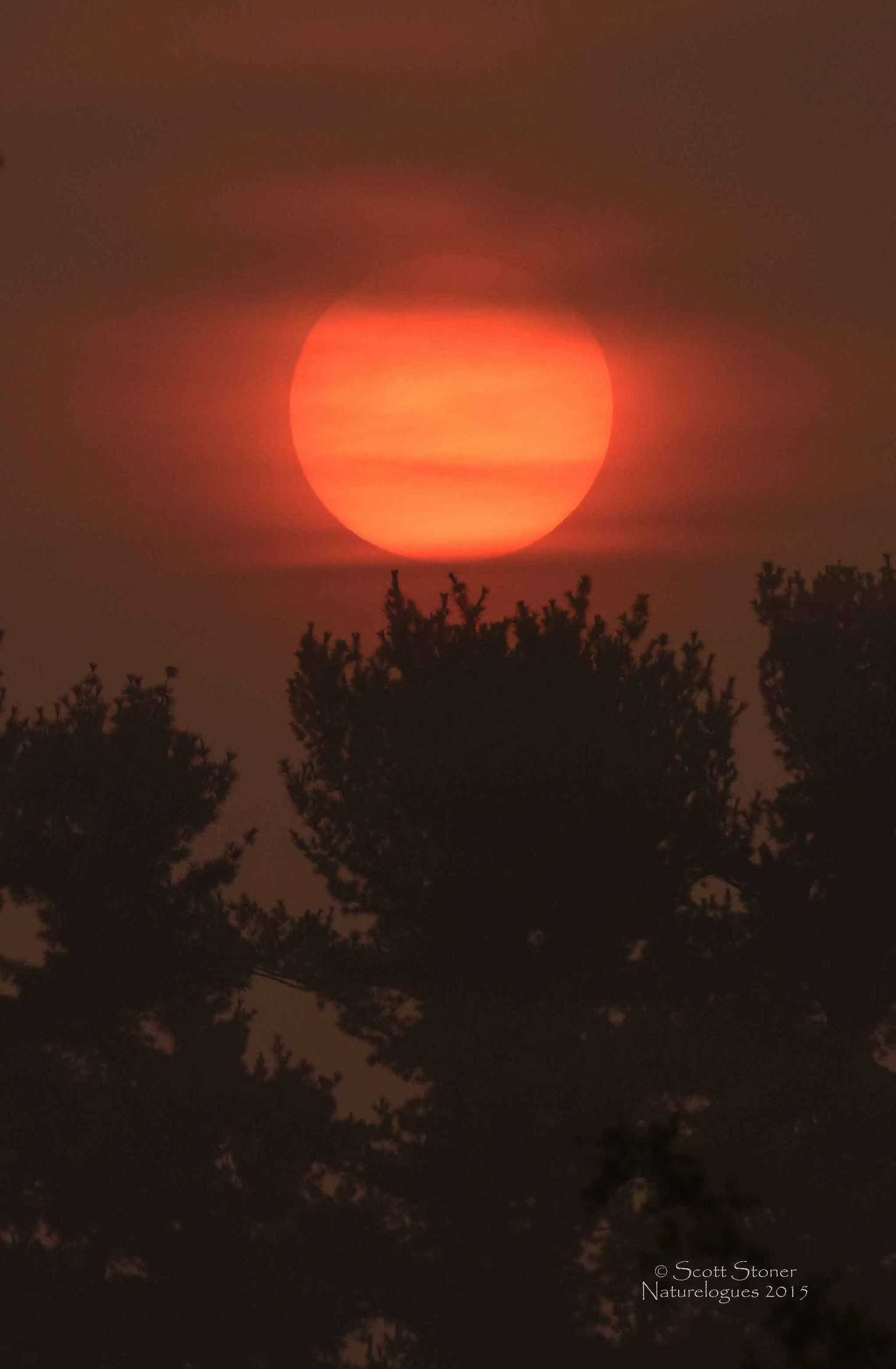There is an old Celtic myth that tells of the rivalry between the Oak King and the Holly King, pitted in eternal, cyclical combat over which of them should rule the world. The Oak King presides over light and growth, while the Holly King rules over darkness and rest. A version of the myth teaches that at the Summer Solstice, the longest day of the year, the Holly King wrests power from the Oak King, and from that day on, until the Winter Solstice, the days grow gradually shorter.
Perhaps these two mythical kings will teach us something about the behavior of the familiar trees we see every day. It seems that for these, our tall, woody friends, the Summer Solstice and the weather in the days immediately following it, may play a very important role in how the trees reproduce.
Every few years, trees of the same species have a large, synchronized production of seeds. For instance, oak trees may produce a larger than average crop of acorns. Not some oaks, but all oaks of the same species, over vast areas, sometimes across a continent. These super-abundant years are called “mast years.” The effects of masting varies. For chipmunks, squirrels, and deer, a mast year of acorns is a windfall (literally!). But extra food often leads to more chipmunks, squirrels and deer, which may not be great news for birds, whose eggs may be predated, or humans and their pets, who may have to deal with more of the deer ticks carried by these mammals. And the abundant young of these forest animals may face starvation the following year, when only an average number of acorns fall. So the cycle of abundance and scarcity work to keep populations of both animals and trees in balance.
So what does all this have to do with the solstice? Just last year, research conducted on the Beech trees of Europe has led some scientists to believe that trees use the summer solstice as a marker. If the temperature in the days just after the solstice is above average, the following year will be a mast year, and all of the Beech trees in Europe will produce a large number of seeds, and drop them at the same time. It is their use of the same solar marker, the summer solstice, that allows the trees to achieve this synchronicity. The intelligence of trees, those silent vessels of wisdom, provides balance to the forest ecosystem. And it is the Sun, and Earth’s rotation around it, that provides the trees their clock and calendar.
The earth is full of mystery and wonder, and there are still so many unanswered questions about just how this newly-discovered connection between solstice and trees works. But the discovery is a wonder itself. I imagine that those tree kings, Oak and Holly, who are themselves a study in the balance between darkness and light, must approve.
To learn more about masting, this is a good resource: https://www.bbg.org/article/the_mysteries_of_masting_in_trees#:~:text=Masting%20is%2C%20in%20short%2C%20the,roughly%20every%202%E2%80%935%20years.
To read about the 2024 study of the Beech trees, this explains it well: https://earthsky.org/earth/do-trees-know-when-the-summer-solstice-is/








A lovely contemplation to start the day. Thank you, Denise!
Fabulous 👌